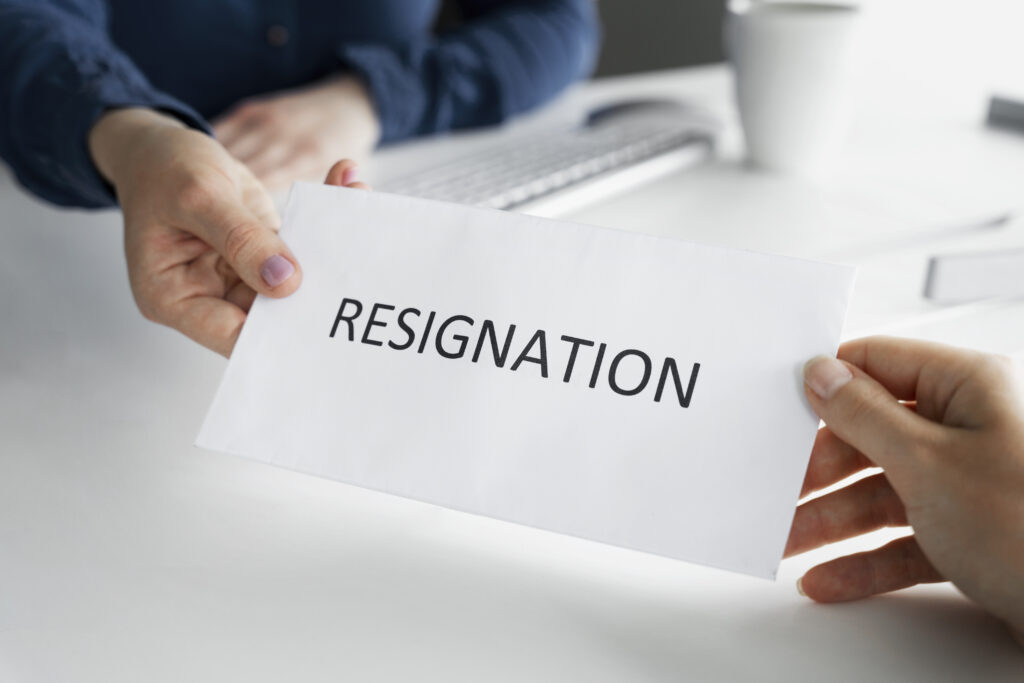Scatter your workload… actually and not literally
Since the dawn of (business) time, there has been a push on efficiency, and rightly so, improved efficiency leads to higher productivity. As a businessman of more than 35 years you won’t get an argument from me about that.
Lean Thinking was one of these efficiency processes. It was about having everything at your fingertips, being able to move from left to right is a systematic approach, and have things labelled so you could find them faster.
Unfortunately, it’s not until we implement these ideas, that we find there is a downside. This can lead to sedentary behaviour, fatigue, and decreased productivity.
We need a balance. What can we do to provide efficiency, but stop people sitting for prolonged periods of time? The answer could be to scatter things around the office so that people have to move more.

Here are 5 simple ways to scatter your workload:
- Place the printer in a remote location. Often when we print something, it is at the end of an activity, so this provides a break between one project and another.
- Place mobile phones in a remote location. This has a dual effect of not having distractions as we work, along with having a clear delineation between office and out of office calls.
- Implement a “no eating at your desk” policy. I’ve covered this in an earlier blog, but in this case, it’s all about getting up and moving, rather than food appreciation.
- Have a “no internal emails” day. This is the same as above, but really about moving the legs and body, and building relationships. Remember that “motion creates emotion”.
- Have a coffee break. If you can, go to a local coffee shop outside of the building. This adds the extra element of getting some fresh air.
There are no secrets to success. It is the result of preparation, hard work, and learning from failure.
6 Essential Questions To Ask Your Wellbeing Provider
Not necessarily in any order, but these are the big questions you’ve got to be asking your Workplace Wellbeing provider.















